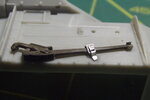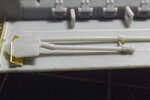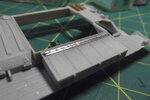What's brass sheet like to work with Paul ? Pewter is great but so pliable and soon goes out of flat and can as you know bend easily.
Mud guard looks good and firm looking , that why I ask.
Mud guard looks good and firm looking , that why I ask.





 .
. ) and the rest into my iPad’s search function, and got those results. My Mac says the same (as you would expect, of course) when I do that just now:
) and the rest into my iPad’s search function, and got those results. My Mac says the same (as you would expect, of course) when I do that just now:
